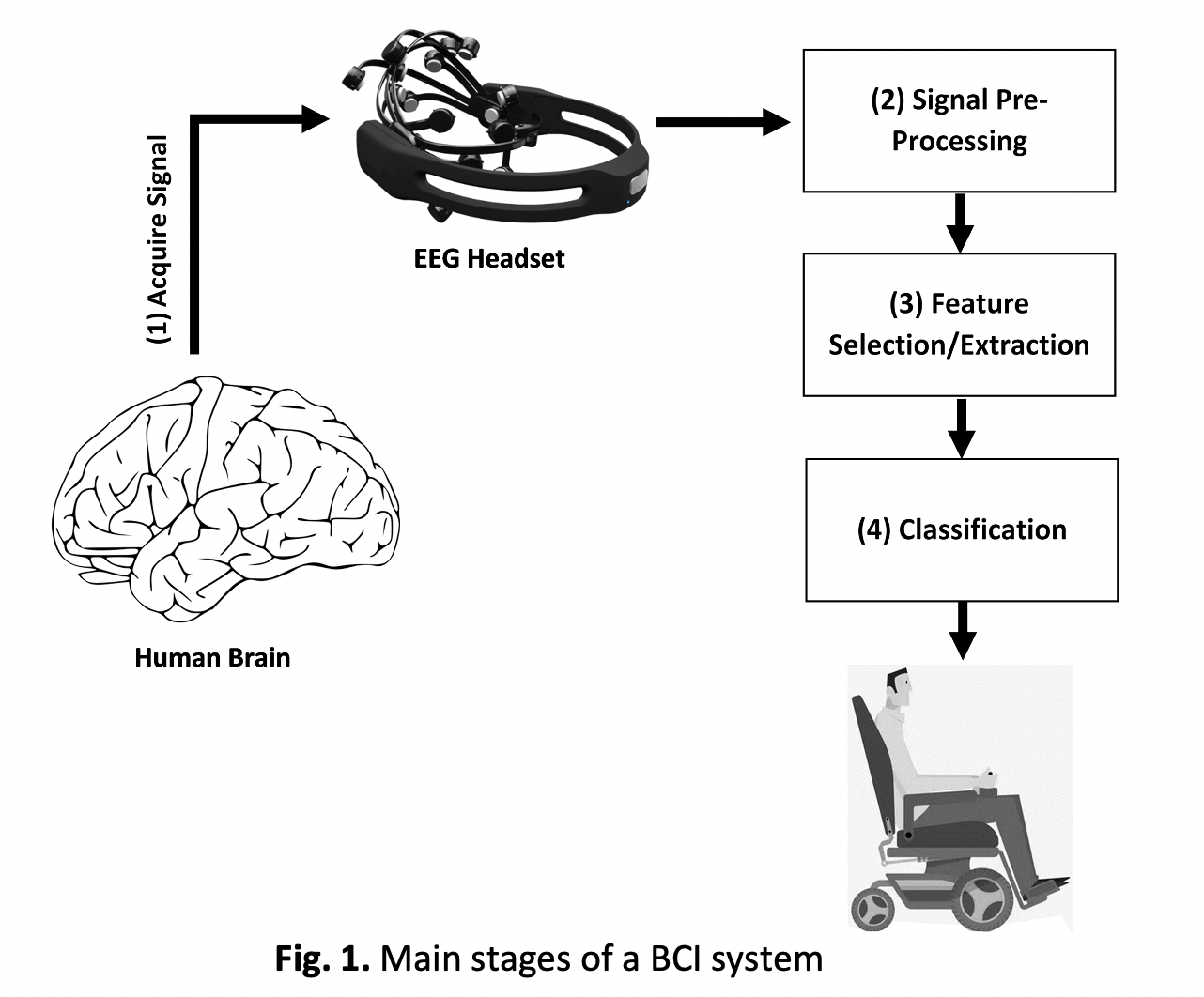Applications of Brain Computer Interface for Motor Imagery Using Deep Learning: Review on Recent Trends
DOI:
https://doi.org/10.37934/araset.40.2.96116Keywords:
Attention mechanism, EEG, Motor Imagery, BCI, Convolutional neural networkAbstract
Motor Imagery-Brain Computer Interface (MI-BCI) is a very important technology gaining momentum throughout the last decade. This technology enables the linkage of brain activities to computer applications and can give disabled patients who suffer from motor disabilities (e.g., partial paralysis, muscle atrophy, etc.) the ability to interact normally with technologies around them. Currently, the technology is mostly limited to applications within dedicated laboratories and is hardly used in practical settings or in real-life applications. The purpose of this study is to review the latest trends and technologies in the field of MI-BCI, including the major challenges and the state-of-the-art classification techniques. The scope of this review article covers the feature selection algorithms that can help identify the most informative and discriminative features from the recorded brain signals, and the classification techniques that can identify the different types of motor movements.
Downloads





























